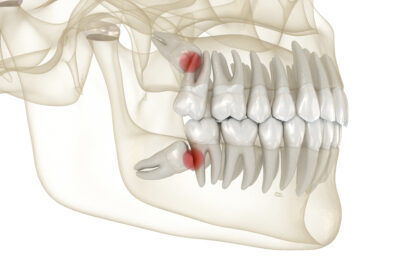Sugar. It’s everywhere you look, not to mention half of the places you wouldn’t even think to look. It’s become a huge part of what Americans eat and drink, which means it’s also become a major determinant of our oral health. With the Yelp! Simply Sweet event gearing up in nearby Los Angeles on August 11th, what better time to remind you of the effects of sugar on your teeth and gums? Dr. Shawn Hofkes, who offers white fillings in Cerritos, CA, offers a dentist’s perspective on sweets.
But First, a Look at Fillings
In the past, the combination of sweets and poor oral hygiene would inevitably have led to cavities and the need for dental fillings. The problem? Silver and gold, the most popular materials for fillings, also happen to be the most conspicuous. So even though it’s estimated that more than three-fourths of Americans will have at least one cavity before their 18th birthday, there was no hiding the fact; a tell-tale glint of metal could be seen in the mouth of someone eating, speaking, or even yawning. The good news? You now have more subtle, aesthetically pleasing options for treating cavities. If you already have amalgam fillings, Dr. Hofkes may recommend replacing them with white fillings, which are made of composite instead of metal. Unlike metal, composite fillings can be tinted to match virtually any tooth color, restoring function to your tooth without compromising durability or beauty.
Sneakiest, Most Sugary Substances
Some sources of sugar are more obvious than others; think soda cakes, and cookies. Even so, it’s easy to overlook sugar, even if you scan the ingredient list of your favorite food or beverage. Did you know that carbohydrates, such as those found in bread, pasta, and cereal, also break down into sugar? This transformation happens almost the moment food comes into contact with your saliva, which contains enzymes that aid in digestion. So while sugar isn’t the first thing that comes to mind when snacking on potato chips, that doesn’t mean it isn’t a threat. Sugar can also be found in abundance in energy drinks and sports drinks.
Tips for Protecting Teeth
The longer sugary residue remains within your mouth, the more damage your teeth will likely sustain. Bacteria feed off this sugar, producing acids that eat away at your tooth enamel. Without the protective benefits of tooth enamel, your teeth are more susceptible to decay, staining, and infection. Here are a few ways to limit the damaging effects of sugar on your teeth:
- If you consume beverages that contain sugar, sip through a straw
- Avoid “grazing” or making your drink last as long as possible; each sip puts your teeth in harm’s way
- If you can’t brush or use mouthwash after eating a sugary treat, rinse your mouth with plain water
- Chew sugar-free gum; look for products made with Xylitol
Questions about white fillings? To learn more about restorative dentistry in Cerritos, CA, or to schedule an appointment with Dr. Shawn Hofkes, contact us. Dr. Hofkes, a graduate of the University of California Ostrow School of Dentistry, welcomes patients living in and around Cerritos, Long Beach, Lakewood, Fullerton, and Buena Park.














